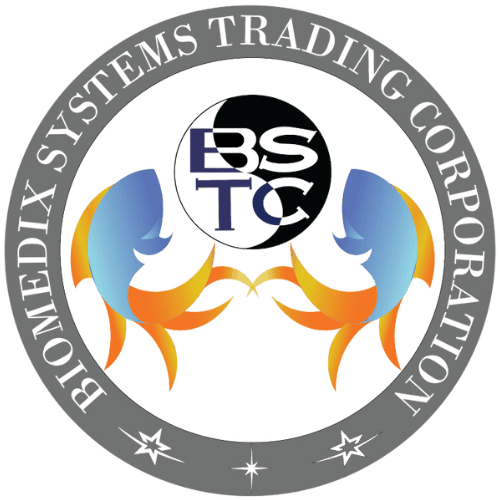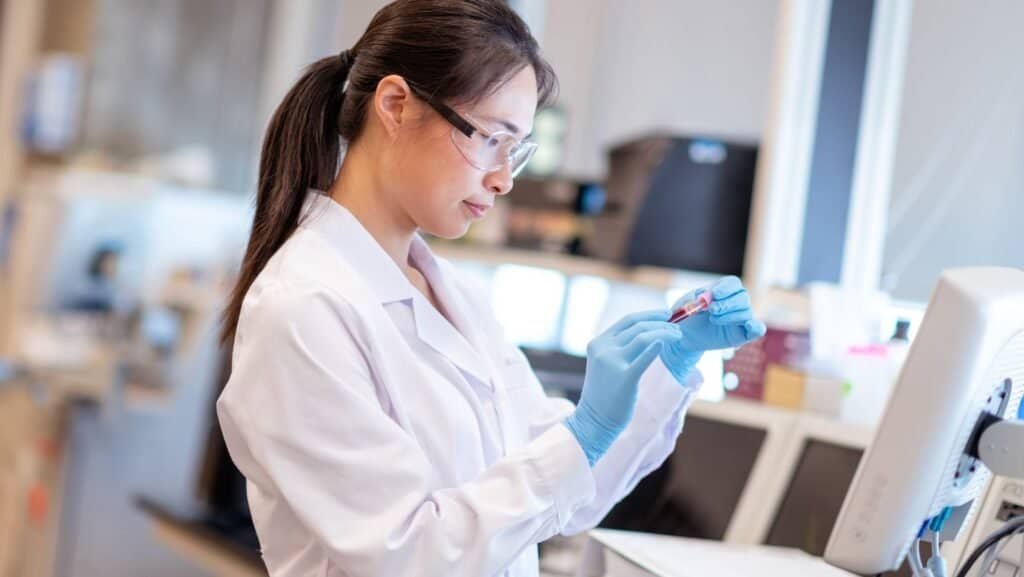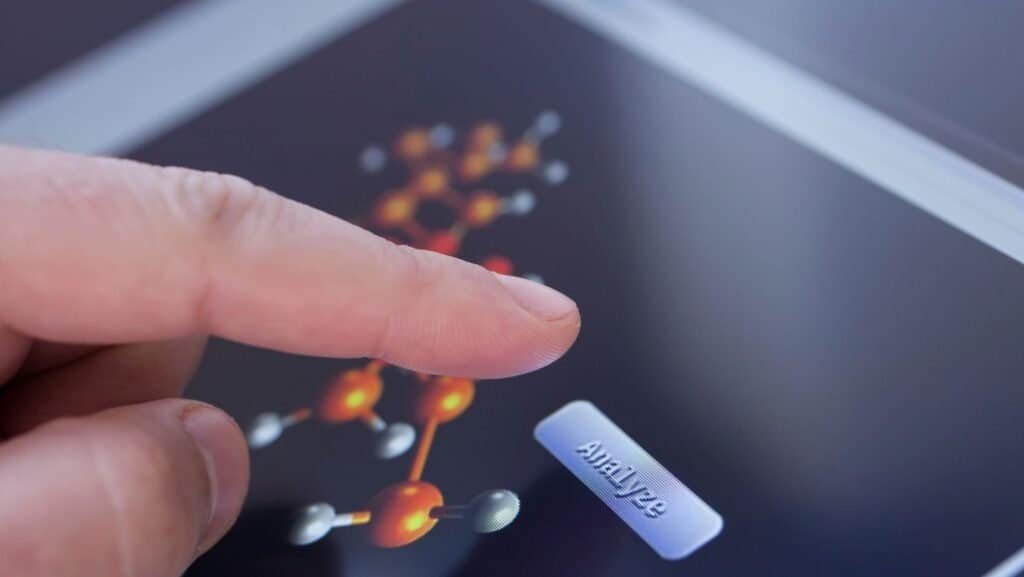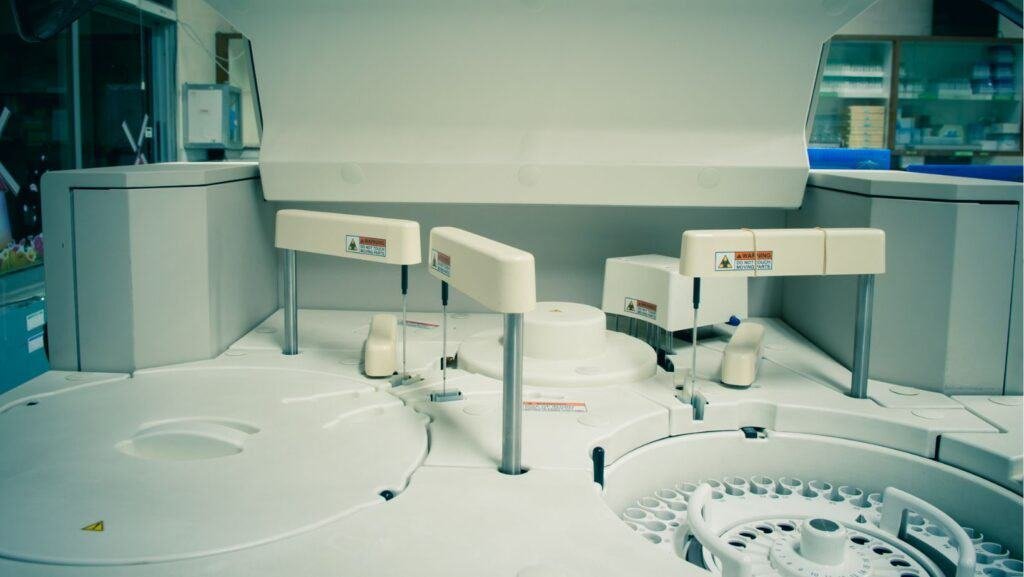


In modern healthcare, clinical chemistry analyzers are of utmost importance because they enable necessary diagnoses faster than ever before. For those who work in a lab or own a healthcare business, it is essential to know the history and practicality behind these machines so that patients can have better outcomes and businesses can achieve good performance.
This article covers how clinical chemistry analyzers have changed over time—from their humble beginnings until now, where many different types are available depending on what tests need to be done and what kind of technology is used.
In the early days of medical laboratory practice, chemical analysis was performed by hand using techniques such as colorimetry and titration. These methods were groundbreaking but still had their problems; for example, they took too long or yielded inconsistent results. Accuracy and speed were not easy feats to accomplish during this era!
Trivia: Did you know that the earliest colorimetric analysis dates back to the 19th century, pioneered by German chemist Julius von Sachs for studying plant pigments?
The 20th century introduced the most remarkable moment in medical history, which was the invention of automatic clinical chemistry analyzers. These machines changed laboratory procedures forever by replacing manpower with complex instruments that could carry out numerous tests concurrently. This mechanization not only increased efficiency but also reduced mistakes, and standardized results among different labs.

The first automated clinical chemistry analyzer, introduced in the 1950s, was the AutoAnalyzer developed by Leonard Skeggs. This innovation paved the way for modern automated testing.
In the 1950’s, Rosalyn Yalow and Solomon Berson came up with immunoassays, a breakthrough that won them the Nobel Prize for Physiology or Medicine in 1977.
Clinical chemistry analyzers were transformed into what they are today by technological progress; spectrophotometry, immunoassays, and enzymatic methods were integrated into them. With these upgrades, laboratories became capable of providing accurate and sensitive diagnostic tests and, at the same time, widening their scope. In addition to this, such developments laid the foundations for personalized medicine approaches as well as targeted therapies based on individual patients’ needs.

The first clinical information system (CIS) for laboratories, which was made to handle patient test data, appeared in the early 1980s and changed laboratory medicine.
In the late 20th century there was a merging of hardware with software on clinical chemistry analyzers that paved the way for sophisticated data management systems and informatics solutions. These were adopted by laboratories as methods of enhancing efficiency and productivity while ensuring compliance with regulations. Currently, software-based instruments, together with strong data-handling capabilities, have become indispensable tools in any modern-day laboratory setting.
Clinical chemistry analyzers are not just any other medical equipment; they are a strategic business decision in this rapidly changing healthcare environment. Healthcare providers and lab professionals need to be smart buyers because they compete for market share based on cost-effectiveness, reliability, and scalability, among other things. Making well-informed procurement choices ensures maximum returns on investments, thus maintaining competitiveness.

The global market for clinical chemistry analyzers was valued at approximately USD 10.2 billion in 2020 and is projected to reach over USD 15 billion by 2027, driven by technological advancements and increasing demand for diagnostic accuracy.
In search of a high-quality chemistry analyzer? Discover our top-of-the-line products here.
Key factors influencing the purchase and utilization of clinical chemistry analyzers include:
Cost-effectiveness: Balancing initial equipment costs with long-term operational expenses, including maintenance and consumables.
Reliability and Performance: Ensuring consistent and accurate test results to support diagnostic confidence and patient care.
Scalability: Flexibility to accommodate varying testing volumes and expand capabilities as laboratory needs evolve.
Regulatory Compliance: Adhering to stringent quality and safety standards to meet regulatory requirements.
Integration with Laboratory Workflow: Seamless integration with existing laboratory systems and workflows to optimize efficiency.
Support and Training: Access to comprehensive technical support and training to maximize utilization and minimize downtime.

Looking ahead, emerging trends like point-of-care testing and personalized medicine are poised to redefine diagnostics and patient care, presenting both challenges and opportunities for laboratories and healthcare businesses. Keeping abreast of these developments is critical, enabling stakeholders to adapt to evolving healthcare demands and deliver superior outcomes for patients.
The evolution of clinical chemistry analyzers mirrors the relentless progress in healthcare, from rudimentary techniques to today's sophisticated technologies. For laboratory professionals and healthcare entrepreneurs, this journey is not just historical but a strategic imperative. By embracing innovation, navigating market dynamics, and anticipating future trends, we harness the power of clinical chemistry analyzers to drive excellence in patient care and business success.
Need help with your laboratory setup?